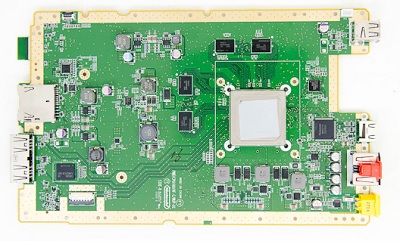 The Nintendo Wii U’s processor is slower than its counterparts in the years-old Xbox 360 and PlayStation 3, and the Wii U graphics chip either matches or is slightly faster than its rivals’ graphics chips. That’s another affirmation that Nintendo rarely cares about being on the bleeding edge of performance when it comes to loading up the features in its brand-new game consoles.
The Nintendo Wii U’s processor is slower than its counterparts in the years-old Xbox 360 and PlayStation 3, and the Wii U graphics chip either matches or is slightly faster than its rivals’ graphics chips. That’s another affirmation that Nintendo rarely cares about being on the bleeding edge of performance when it comes to loading up the features in its brand-new game consoles.
GamingBolt reported that a hacker Hector Martin, who goes by the name Marcan, discovered that the Wii U’s IBM PowerPC central processing unit runs at 1.24 gigahertz per core, with a total of three cores. By comparison, the PS3’s Cell processor and the Xbox 360’s Xenon run at 3 gigahertz per core.

Unlock premium content and VIP community perks with GB M A X!
Join now to enjoy our free and premium membership perks.
![]()

![]()